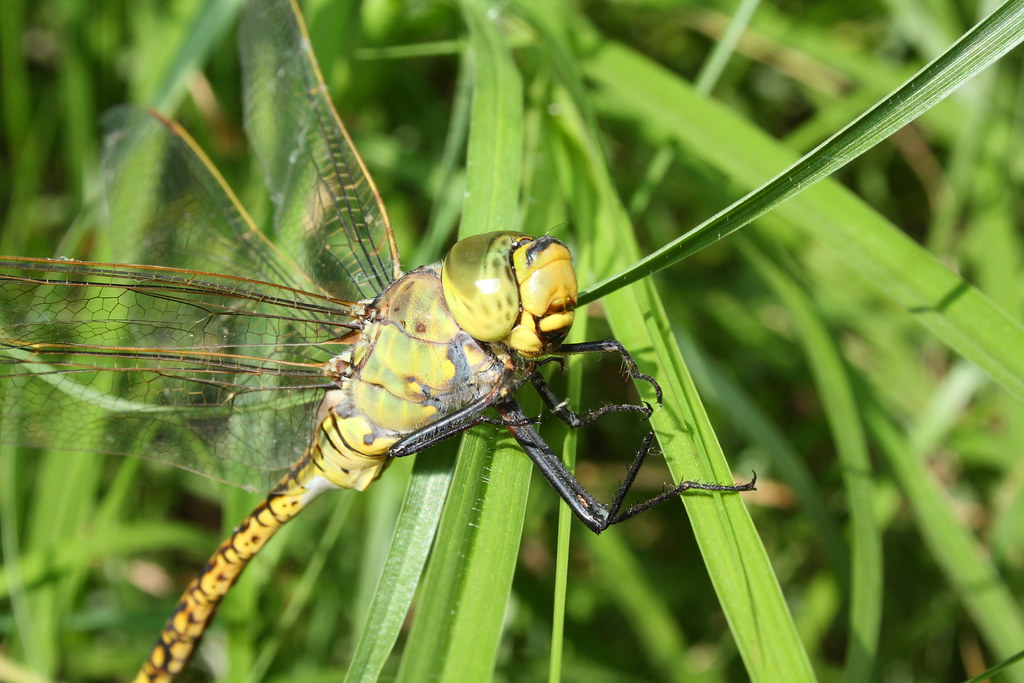
Aeshnidae>Anax papuensis Australian Emperor Dragonfly IMG2… Flickr
The Australian Emperor is a large, common, pale brown to yellow dragonfly with dark brown mottling and clear wings. Habitat. The Australian Emperor lives in urban areas, fresh water, forests, heath. Distribution. The Australian Emperor is found throughout Australia and the South Pacific.

Aeshnidae>Anax papuensis Australian Emperor Dragonfly 0005… Flickr
The Australian emperor is a very large dragonfly, up to 70 mm long. Its abdomen is marked boldly in black and yellow. The thorax is greenish-grey. The head is yellow with a T-shaped mark on the forehead (frons). The eyes are yellow-green. The leading edges of the wings are yellow.
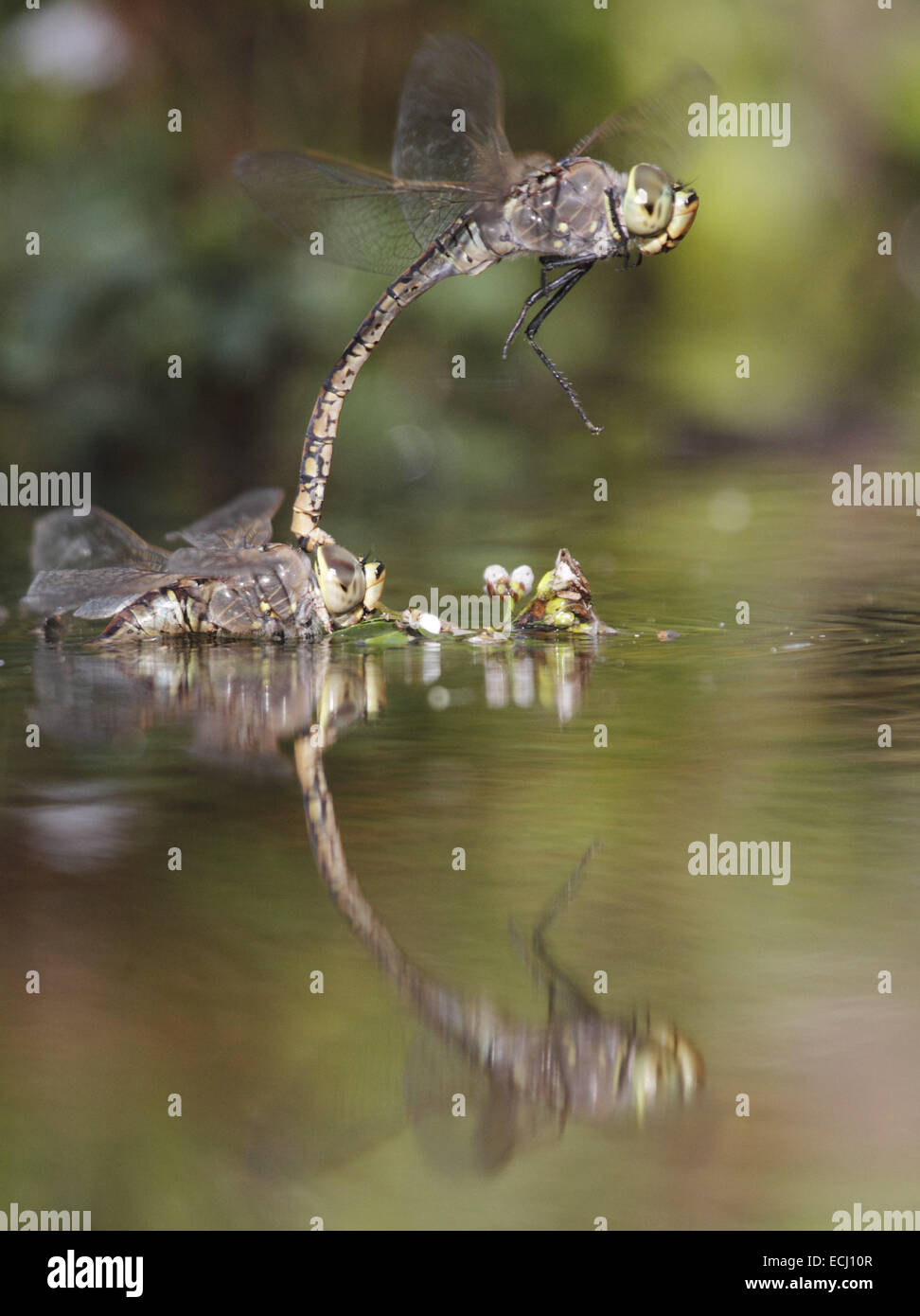
Australian Emperor dragonfly Hemianax papuensis pair mating and depositing eggs Stock Photo Alamy
Photographer: David Paul Source: Museums Victoria Copyright Museums Victoria / CC BY-NC (Licensed as Attribution-NonCommercial 4.0 International) Fullscreen Images (2) Videos (0) Audio (0) Anax papuensis (Burmeister, 1839), Australian Emperor Dragonfly General Description Adult abdomen pale brown to yellow with darker brown mottling.
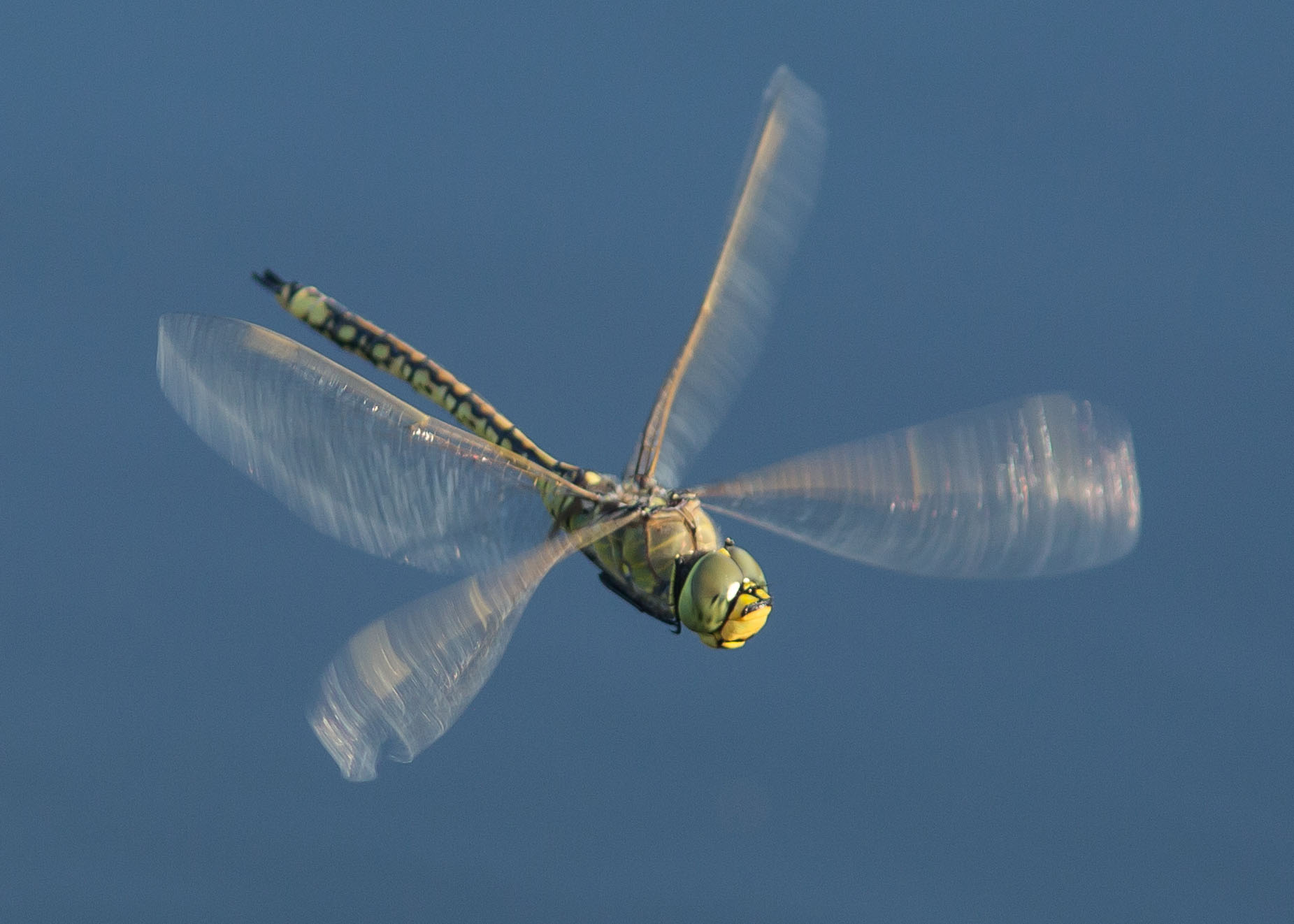
There Be Dragonflies Hemianax papuensis AUSTRALIAN EMPEROR
The Australian emperor dragonfly, also known as the yellow emperor dragonfly, scientific name Anax papuensis, is a species of dragonfly in the Aeshnidae family. It is black with yellow dots along its tail. More Info Computer Vision Model Included
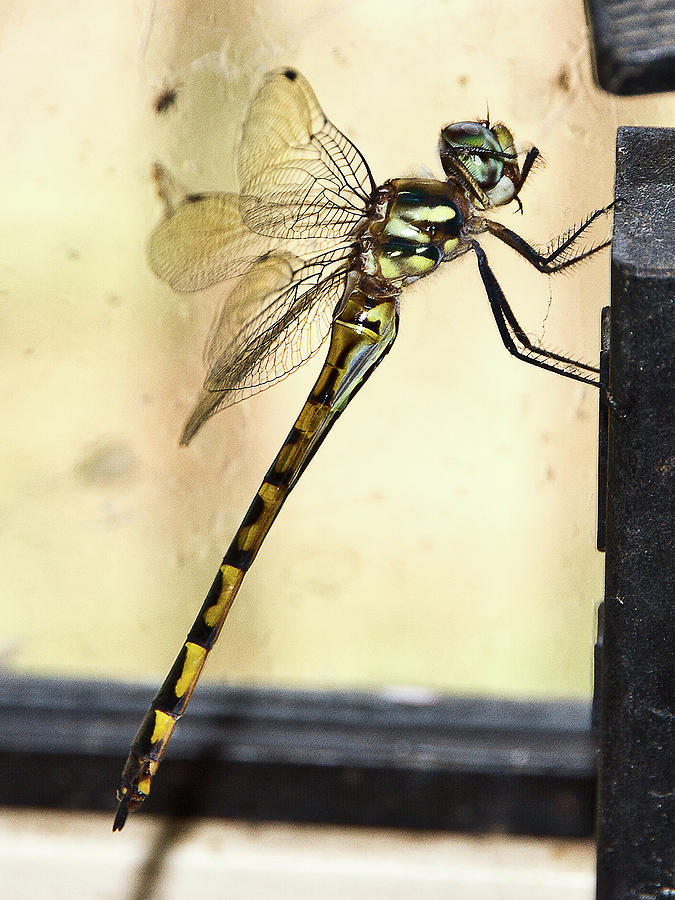
Australian Emperor Dragonfly Photograph by Miroslava Jurcik Fine Art America
The fastest insect on Earth, according to the Guinness World Records, is an Australian dragonfly. IN 1927 a southern giant darner ( Austrophlebia costalis) was timed travelling at 96 kilometres an hour, buying it enduring fame. But while Australians like to think we are the best, too much should not be made of this example.
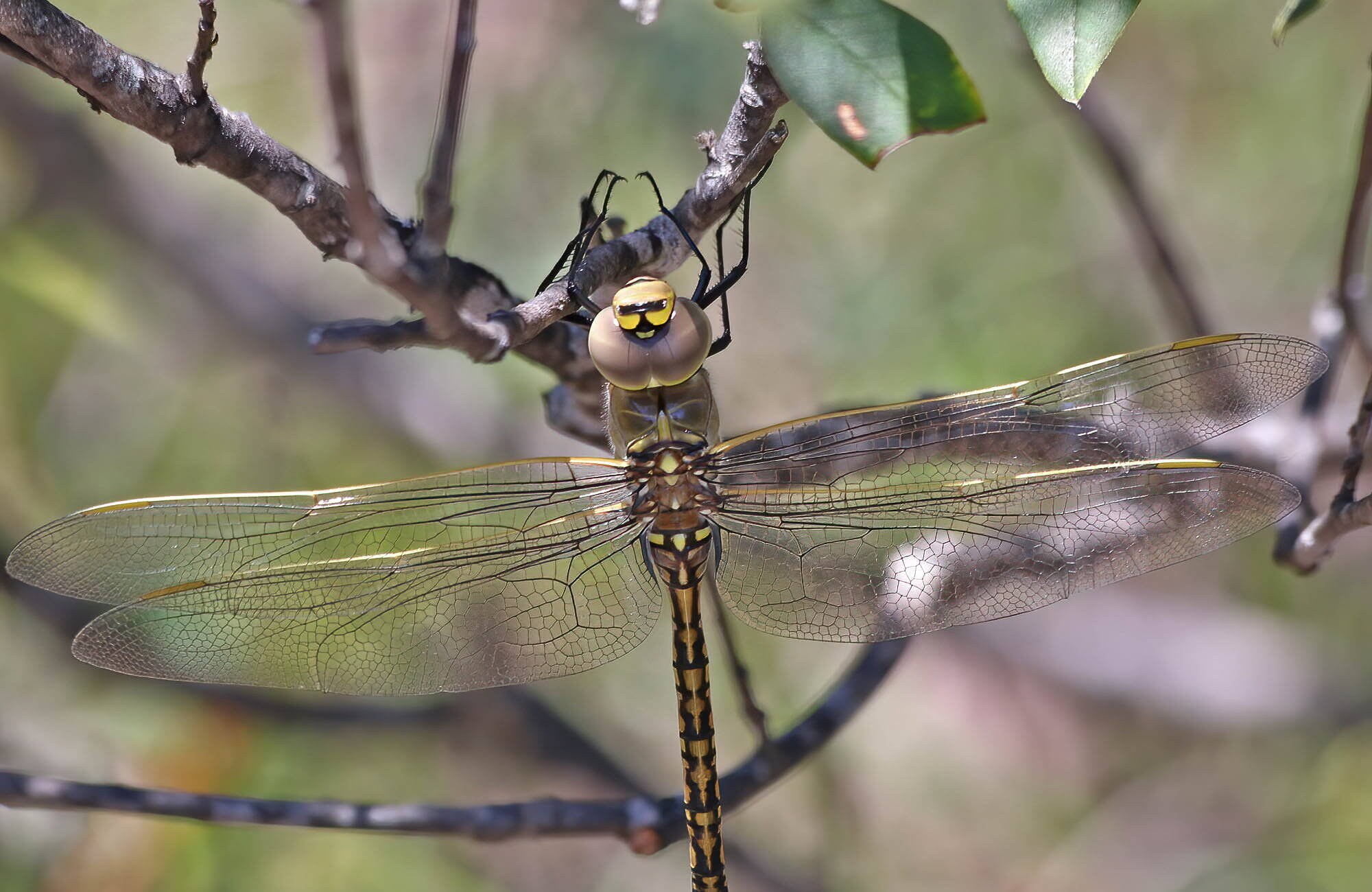
Australian Emperor Ausemade
Dragonfly and damselfly facts. There are over 6,000 species worldwide. There are 320 species known from Australia and about 100 of these occur around Sydney. The larvae are aquatic or semi-aquatic and are known as mud-eyes. Both adults and larvae are predatory. Adults are often found close to water, where they hunt flying insects.
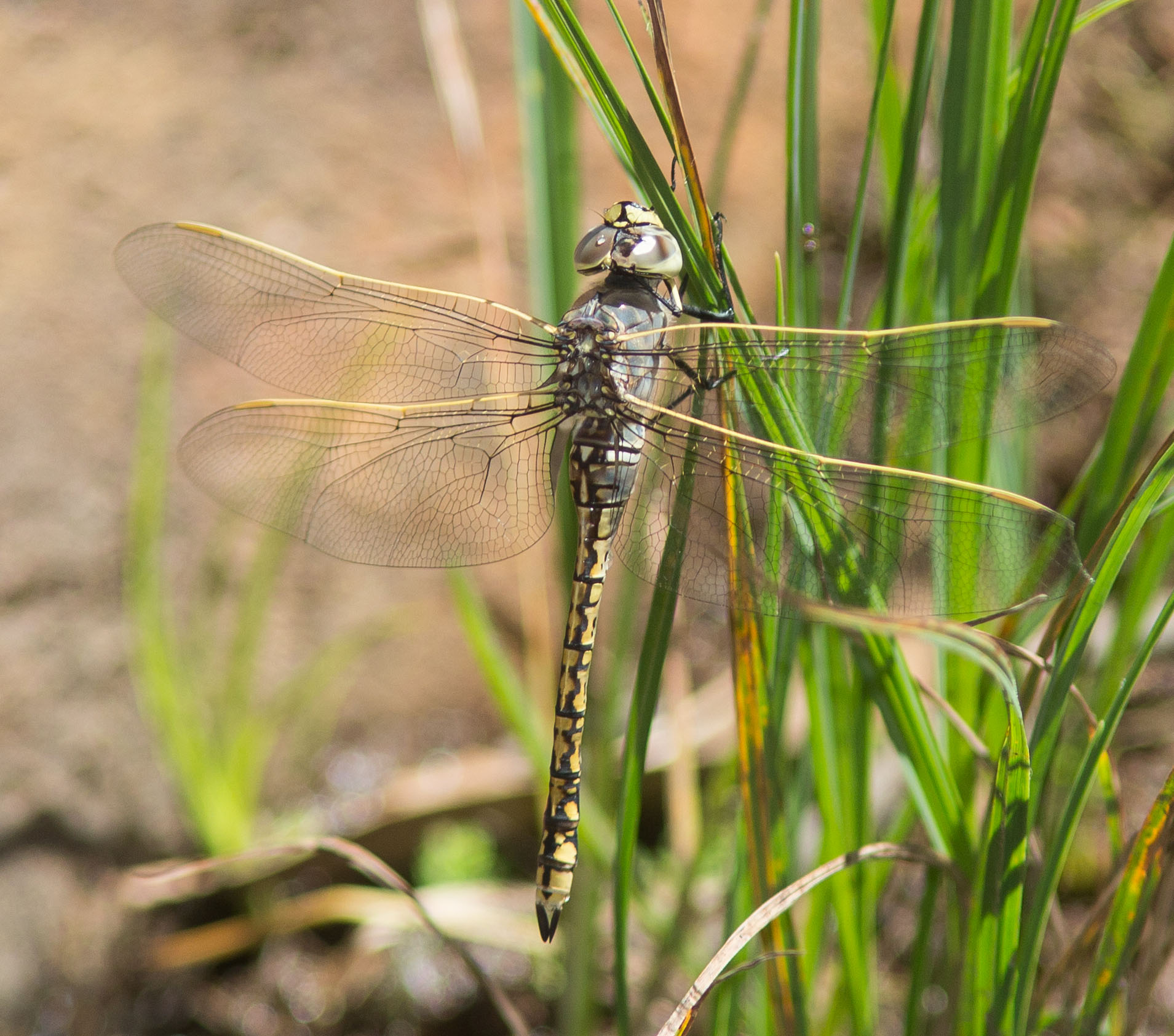
There Be Dragonflies Hemianax papuensis AUSTRALIAN EMPEROR
Male, body length 65mm This dragonfly is a very large dragonfly. They never stop flying over the pond. They are common in Brisbane. During a sunny summer day, you will see the dragonfly flying over every piece of large flash waters in Brisbane. It is usually the largest dragonfly on the water and will chase away any flying object on its path.
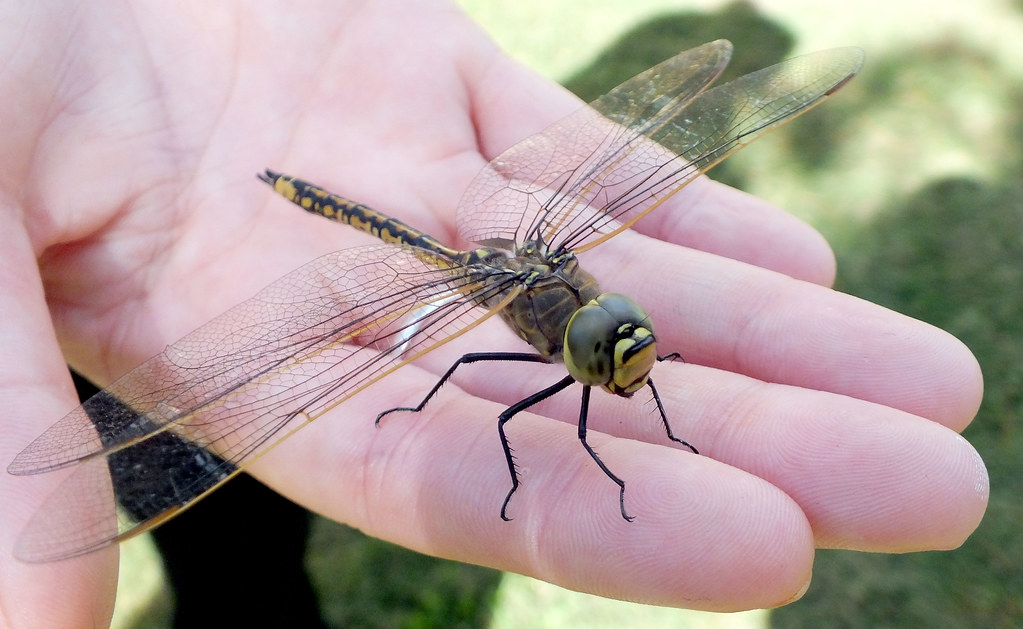
Australian Emperor Dragonfly Hemianax papuensis Class In… Flickr
Dragonflies are insects. They have three stages in their life cycle: egg - larva - adult. Adult dragonflies have a long and slender abdomen, two pairs of wings and three pairs of legs. They also have very large eyes.
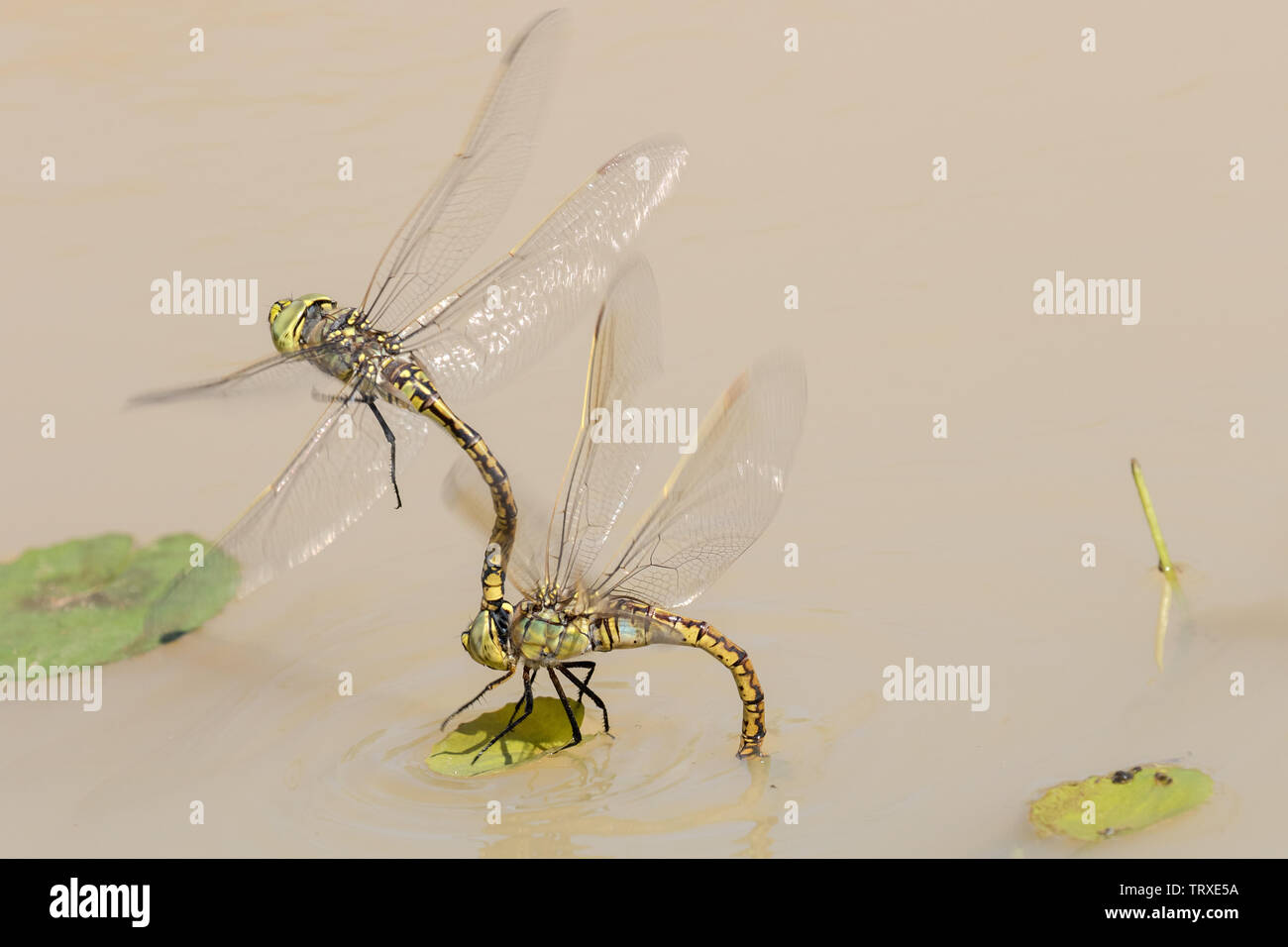
Australian Emperor Dragonfly Hemianax papuensis Australia Stock Photo Alamy
Hemianax papuensis (Burmeister, 1839)AUSTRALIAN EMPERORFamily Aeshnidae. A male Australian Emperor at Meldrum (near Deer Vale) NSW on 4th December 2011. A female Australian Emperor at Deer Vale NSW on February 6th 2014. The Australian Emperor dragonfly is commonly seen in many parts of Australia early to late in the season.

Australian Emperor Dragonfly Hemianax papuensis
The Australian Emperor Dragonfly is the largest I have seen in the Esperance region, having a head/body length of around 7 cm (3"). As a size comparison, hovering over the egg laying Emperor Dragonfly couple above, is a blue damselfly Austroagrion cyane, the South-western Billabongfly. Although not uncommon, Hemianax papuensis are.

Australian Emperor Dragonfly (Hemianax papuensis) soneld Flickr
This species is widespread throughout much of Australia and New Zealand. Naturally, the common/vernacular names vary, too. In Australia we have Hemianax papuensis (Australian Emperor) whilst in New Zealand we have Anax papuensis (Baron Dragonfly). It is also recorded in parts of Indonesia and various Pacific islands.
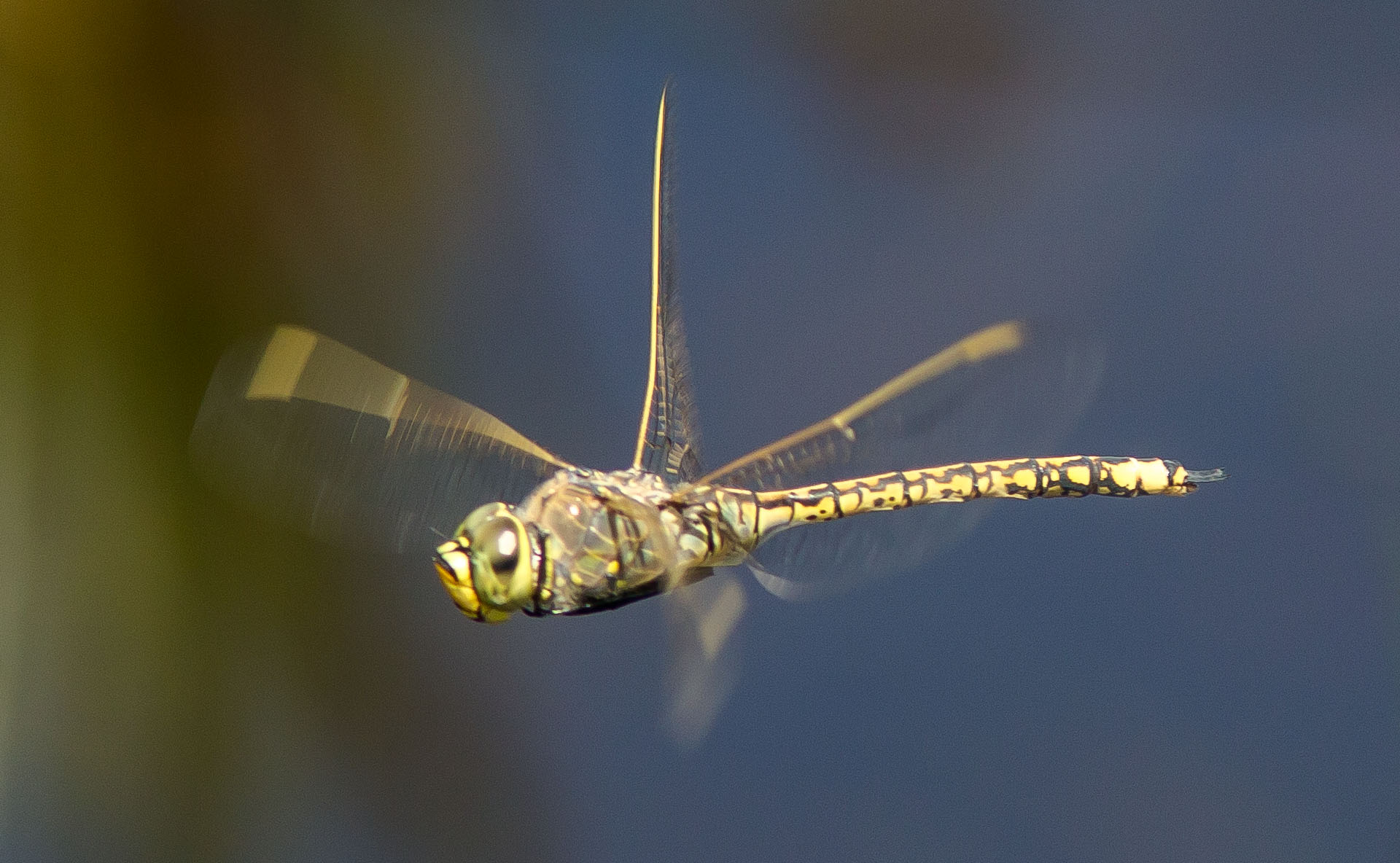
There Be Dragonflies Hemianax papuensis AUSTRALIAN EMPEROR
Burmeister, 1839 Anax congenerRambur, 1842 Hemianax papuensis(Burmeister, 1839) The Australian emperor dragonfly, [4] also known as the yellow emperor dragonfly, [5] scientific name Anax papuensis, is a species of dragonfly in the Aeshnidae family. [3] It is black with yellow dots along its tail.

Australian Emperor dragonfly Ralph Green Flickr
Australian Emperor Dragonfly. Special thanks to Adam Edmond who owns the copyright of the Slender Ringtail Dragonfly, the Wandering Percher Dragonfly and the Common Bluetail Dragonfly images used in this story. All photos were taken along the Merri Creek in Melbourne's northern suburbs and are used under CC BY-NC via iNaturalist.

BugFiles Pictures Australian Emperor Dragonfly (Hemianax papuensis), 1 by countrykid
Dragonfly and damselfly larvae use gills to breathe under water and feed on aquatic invertebrates, tadpoles and even small fish. With an adult wingspan of up to 170 mm, Queensland's giant petaltail is the largest of Australia's species, and one of the largest in the world. Yet it's a mere dwarf compared with the fossilised dragonflies.

Australian Emperor Dragonfly, Hermianax papuensis Stock Photo Alamy
Nature Glenelg Trust ecologist Bryan Haywood says a population of dragonflies or damselflies at a wetland near you will consume hundreds of thousands of mosquitoes every day. "Dragonflies and damselflies, along with bats, are the mosquito controllers of the world," Mr Haywood said. An Australian emperor dragonfly. (Supplied: Bryan Haywood)
The Insect Diary Australian Emperor Dragonfly Hemianax papuensis
Anax (from Ancient Greek ἄναξ anax, "lord, master, king") [2] is a genus of dragonflies in the family Aeshnidae. It includes species such as the emperor dragonfly, Anax imperator. [3] Anax spp. are very large dragonflies. They generally have light-colored bodies and dark tails with pale markings. [4]